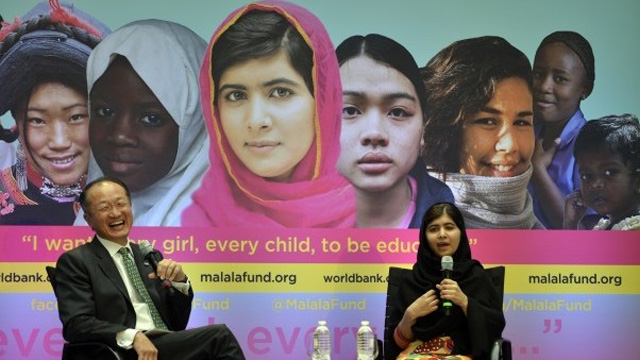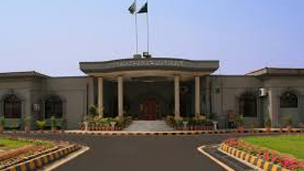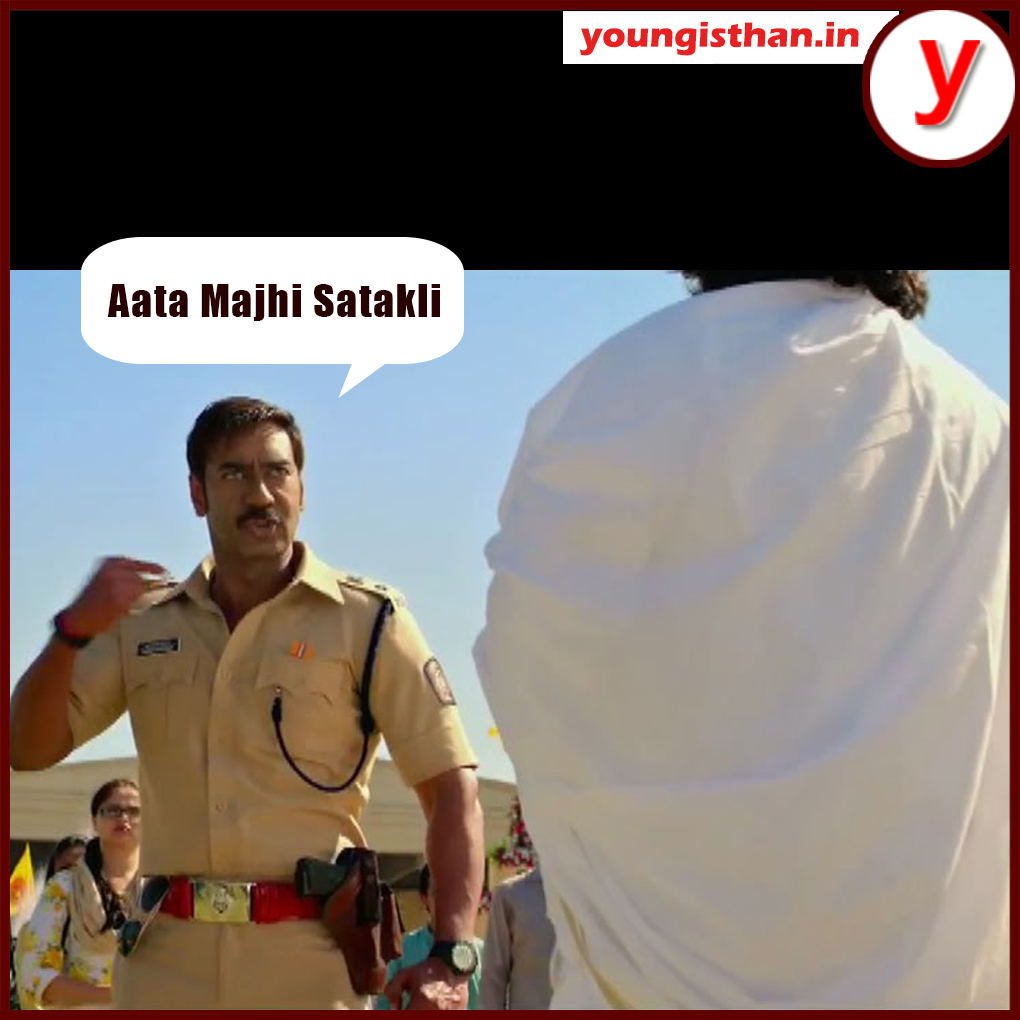Traditional Islam, as practiced in Pakistan, gives weight to the idea that a woman’s apt place is behind the veil or the four walls of the house.
Canada will present honorary citizenship to Malala Yousafzai, the 16-year old Pakistani girl who was shot in the head by a Taliban militant because of her open and candid support for girl education in Pakistan and her criticism of the fundamentalist Islamic group.
Reportedly, Malala will become just the sixth person to be offered honorary Canadian citizenship after South African anti-apartheid hero Nelson Mandela, Nobel Peace Prize laureate Anug San Suu Kyi, Tibetan spiritual leader Dalai Lama, British business magnate Aga Khan and Swedish diplomat Raoul Wallenberg.
Malala earned fame in 2009 when she wrote a blog for the BBC Urdu service on girls’ education. It was on 9th October, 2012, that the world witnessed the ferocious episode when she was riding a bus from school and was shot in the head in an attempted assassination by the Taliban group.
The Taliban had said that Malala was shot for insulting Islam, not for her blunt support for girls’ education, and that the group would attempt to attack her again.
After one year, the teenager stands positive of her deeds to back her country’s young girls by demanding the education system to flow liberally for them. Malala persists to glow in spite of the fatal attack by insurgents and was the youngest ever nominee for Nobel Peace Prize this year.
Recently, Malala was conferred with the European Union’s prestigious Sakharov human rights prize, beating fugitive US intelligence analyst Edward Snowden and was welcomed at the White House by the US President Barack Obama.
However, the Taliban said that the teenage campaigner has done nothing to earn the esteemed EU rights award and pledged to try again to kill her.
Malala had shifted to Britain in the wake of the shooting for treatment and to carry on her education in protection.
Known among the world leaders and celebrities for her bravery, Malala had addressed the UN and this week published an autobiography “I am Malala”, written with journalist Christina Lamb. It has gone on sale in Pakistan and TTP has declared of attacking the bookshops selling it.
In an interview to BBC, Malala said that peace and education are undividable, as lacking one you cannot hold the other. “I hope that a day will come when the people of Pakistan will be free, they will have the rights, there will be peace and every girl and every boy will be going to school,” she said.
In Pakistan, you will find many tiny girls selling flowers to passerby on streets. Ideally they must have been in school, or playing with friends. Someone, possibly, cuts their hand or leg and dress them in boys clothing, perhaps to protect them from the risk of sexual assault. It was as if this frail costume could defend the fact that Pakistan is one of the world’s most horrible places to be a girl.
The attack on Malala had put the troubles of Pakistani girls back in the limelight. The attack shook education and human rights activists. And to the shock of many Pakistanis, some transformation has even started to break through the country’s conservative religious institution.
After a chain of ghastly gang rapes of juvenile girls, reportedly, many Muslim clergies lately gave Friday sermons under the topic – “My daughter is a blessing, not a curse.”
More Pakistanis seem conscious that girls have a right to safe childhood, a decent education and the assurance of opportunity. But it’s still a long way to go.
According to the World Bank figures, in 2011, the ratio of girls to boys registered in primary and secondary school was only 79 percent – one of the lowest in the world. Much more than boys, Pakistani girls are malnourished – young girls having excessively higher rate of vitamin deficiencies and low blood pressure. Across South Asia and the Middle East, the sex trafficking of girls is an unrelenting plague.
Girls are wedded off by their parents, and happen to mothers while still children – but seldom get to experience childhood themselves – 42 percent of girls in the world who are wedded under the age of 18 are from Pakistan.
The roots of the susceptible position of girls in Pakistan are difficult to pick apart. As in many other conservative societies, boys are preferred as of the insight that girls lack financial value – they are not seen as income producers and have to be married off at early age. Their families must supply considerable dowry to a husband and his family.
Traditional Islam, as practiced in Pakistan, gives weight to the idea that a woman’s apt place is behind the veil or the four walls of the house. Girls obtain this instruction nearly as soon as they come out from the womb.
When a girl stops to be a person, she turns into a product – Girls frequently don’t attend school as they require earning money working in the fields, or stay at home and take care of younger siblings while their mothers go out to work in the cities.
Tribal traditions, in the meantime, still permit for girls to be sold off like cattle to resolve family feuds or to pacify apparent small honour.
People living in interior areas are forced to give away their four-five year old daughters to 25-30 year old men for wedding. The cause for the pressure is not clear. These worrying practices persist unabated, regardless of legislation banning them. Tribal power in Pakistan’s villages, deserts and mountains is too strong to be imprinted out by a piece of paper – and in Pakistan there is no complete child protection act.
The major cultural aspect that holds Pakistan’s girls back is emotional horror. Parents love their daughters very much, but they see the world as a unsafe place for girls, and Pakistan, with its cruel tribal habits, erratic safety, and poor rule of law, validate their most horrible fears.
Parents feel they must guard girls from physical and emotional damage, and the only way they know how to do this is to fasten down on the liberty of girls.
Programs that put low-income girls in school from Swat to Sindh and all points in between with financial incentives are being enacted. In swat, the number of girls going to schools has risen to 50 percent from 34 percent since 2011.
Pakistan must have quality schools that are reasonable, reachable and make sure that the basic safety of the girls who attend school and the women who teach there. Schools should be nearby to girls’ homes, particularly in remote areas.





